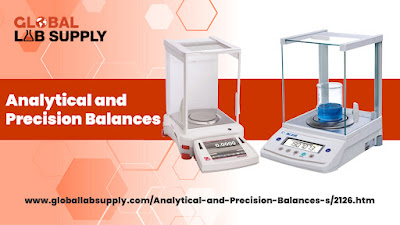Every laboratory in the world is likely to have an autoclave to sterilize lab media. Laboratory media must be sterilized to carry out difficult scientific research, regardless of whether the lab is a tiny pharmaceutical startup or a huge institution.
A Sterilizing Autoclave Requires 3 Components
Temperature (heat), pressure, and steam are the main components of an autoclave, a popular piece of Science Lab Equipment.
Extremely Hot Autoclaves
The ability of an autoclave to generate steam and increase pressure relies heavily on maintaining precise autoclave temperatures. An autoclave's chamber temperature typically ranges between 121°C and 125°C.
Secondly, A Lot Of Pressure Rises.
Laboratory autoclave use high pressure to get the same results as a regular pressure cooker. The high pressure of a food pressure cooker is used to prepare food rapidly.
Produces Sterilizing Steam
The genuine autoclave sterilization process starts when the steam created by the increase in chamber pressure and temperature comes into contact with the media within.
Autoclave Types and Their Operation
Pre-vacuum autoclaves, often known as pre-vac, are the second most common form of autoclave sterilizer. Glass, liquid media, and laboratory waste may all be sterilized in these two kinds of autoclaves by using various methods of moving steam.
An Overview of Gravity Autoclave Operation
The sterilizing procedure of gravity autoclaves is pretty simple. To generate steam and pressure, the water at the bottom of the chamber is heated directly. As a result of the pressured steam, all previously present ambient air is expelled. The autoclave is set to seal the required valves after the chamber volume has been filled with steam, preventing any further air from escaping. Continuous pressure and temperature building is the method used by the autoclave. In this method, sterilization occurs as soon as the cycle starts.
Autoclaves that use a vacuum system
Gravity autoclaves are more prevalent in labs, while vacuum autoclaves are more challenging to construct. Using a vacuum pump, vacuum autoclaves remove the air from within, enabling steam to enter. Once the chamber has been entirely emptied of ambient air and filled with steam, the procedure is repeated multiple times. The steam can penetrate the medium because of the vacuum function "drawing" the ambient air out of the chamber. Fabrics wrapped goods and sterilization pouches are more suited to vacuum autoclaves.




